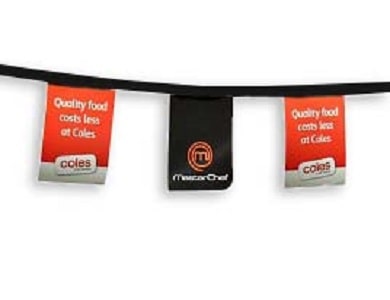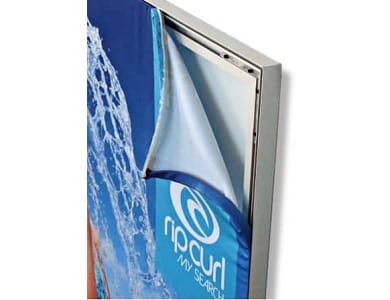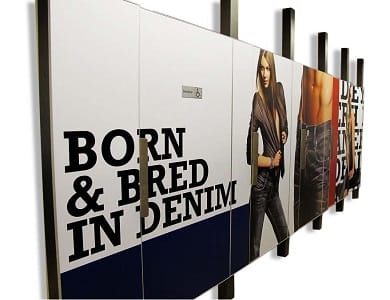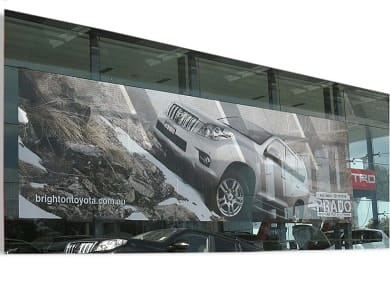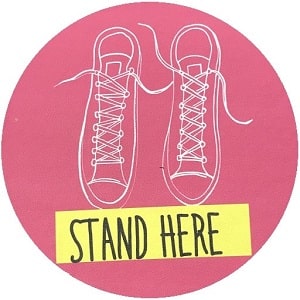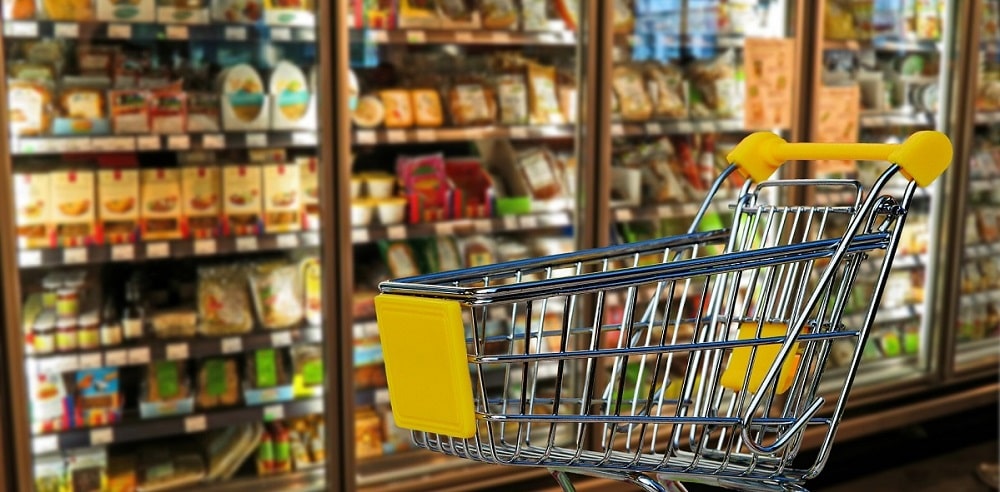
0.9 seconds.
That is how long you have to grab the attention of shoppers with your POS displays.
According to POPAI, most shopping is done in autopilot mode. When a POS display grabs a shopper’s attention they will switch from autopilot mode to “manual control”. Kraft Heinz’s European president, Matt Hill recently claimed that supermarkets were turning into ‘libraries’ with shoppers on autopilot as they go through the store. Because of this, they are not purchasing new products other than the ones they have been used to buying.
The goal here is to create POS displays that grab the shoppers’ attention and get them to buy the product.
The question now is, which type of POS displays and message are the most effective? Before we get into that, how do we define success for a POS display? Here are four metrics to measure that.
Four metrics to measure the effectiveness of POS displays

The four metrics are:
- Impact ratio: Total shoppers who looked at the display / Total shoppers who have an opportunity to see it.
A look means the shopper made eye contact with the display for a sufficient period of time (normally just under a second) for them to drop out of autopilot and into a conscious shopping mode, in order to make a conscious decision as to whether to engage with the promoted product. - Engagement ratio: Total shoppers who interacted with the product / Total shoppers who looked at the display.
An interaction could be reading, touching, testing, or opening the product. - Conversion ratio: Total shoppers who bought the product / Total shoppers who looked at the display.
- Lost ratio: Total shoppers who interacted with the product but didn’t purchase it / Total shoppers who looked at the display.
These are the shoppers who looked at the display, engaged with the product but did not make the purchase. Some factors of lost ratio could be the expiry date of the product, the content of the labels, or the influence of rival brands.
We will break down this study into two parts:
- Part 1: Which POS displays are the most effective
- Part 2: What type of message are the most effective
Which POS displays are the most effective?
POS display with the highest impact and engagement is in-store demonstrations
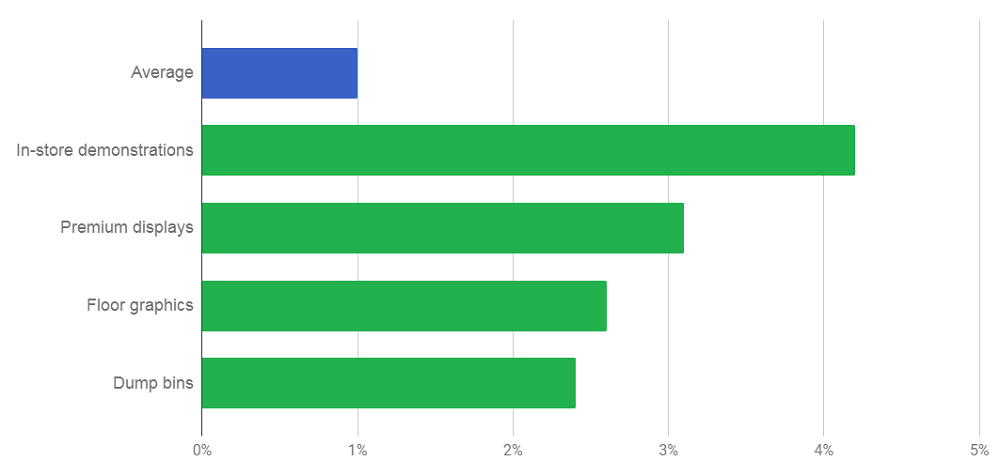
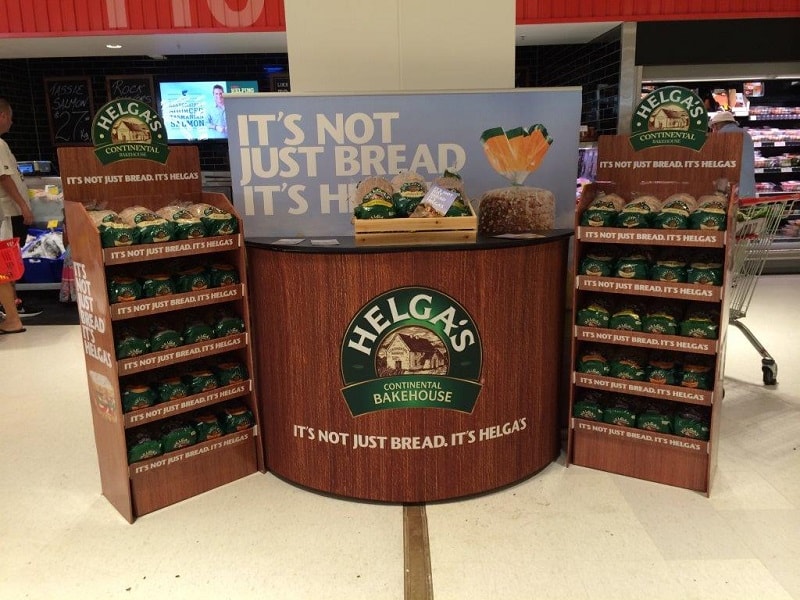
The most effective POSdisplay in terms of the highest impact and engagement by far is in-store demonstrations with over 4% look rate. That is over 4x higher than the average look rate for a POS display which is at 1%.
In-store demonstrations also have the highest engagement rate at 70%. The average engagement rate for POS displays is just under 30%.
The highest converting POS display is pallet displays
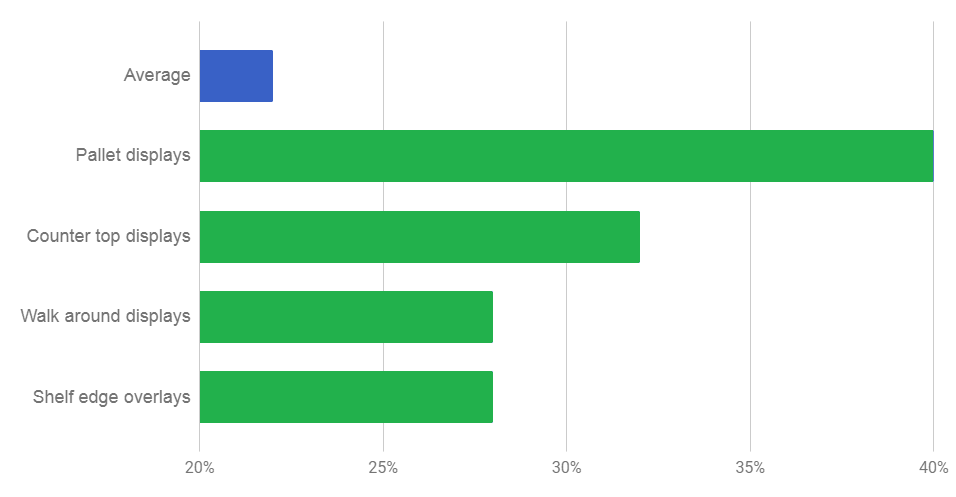
The highest converting POS display is pallet displays at 40%. That is double the average conversion rate for POS displays. Coming in at second are counter top displays at just over 30% and walk around displays at just under 30%.
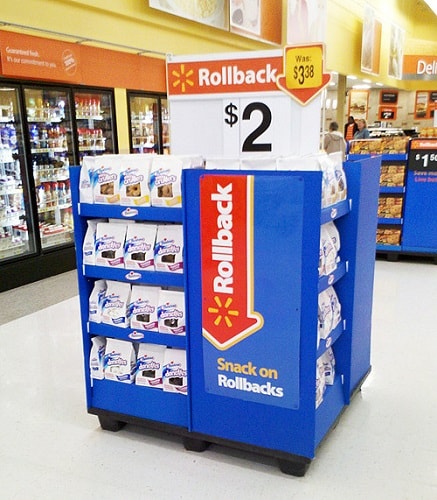
What type of message is the most effective?
Message that gets most shoppers to buy are price reduction or new lower price
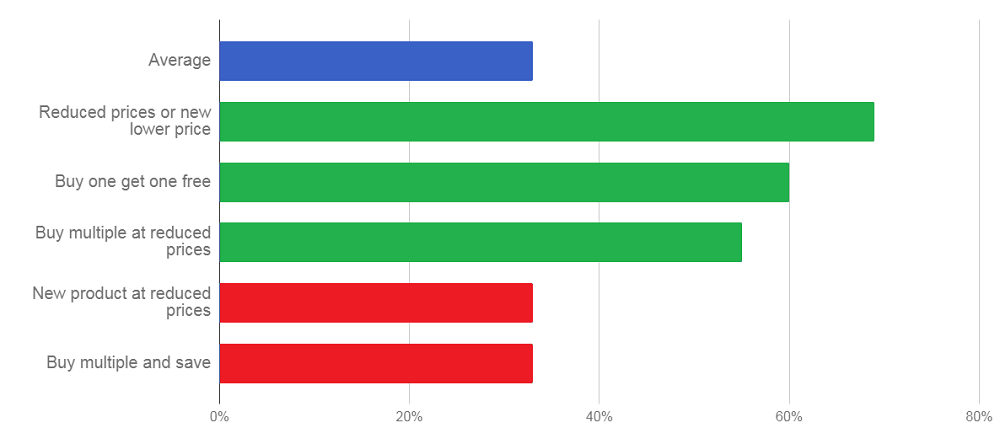
Price still remains king when it comes to getting shoppers to buy.
When it comes to new lower prices, shoppers want to be the first to get in on this “new price drop”. Subconsciously, it also has a scarcity play in this because shoppers might think that because this product has just recently got a price reduction, it may run out of stock soon.
Woolworths using price reduction messages
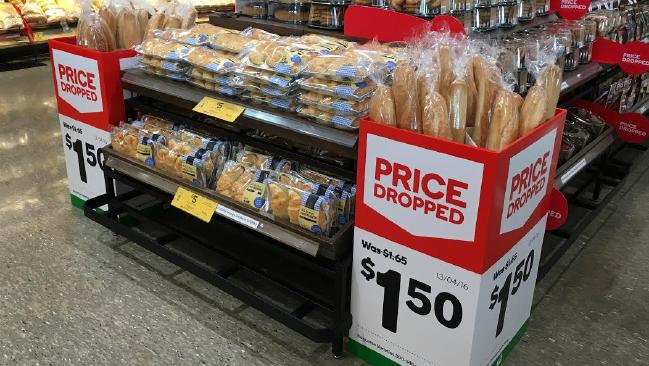
Price reduction message on Woolworth’s dump bins. Dump bins can be created and printed on Corflute sign.
“Was $1.65 now $1.50″ – New lower price message
…and Coles
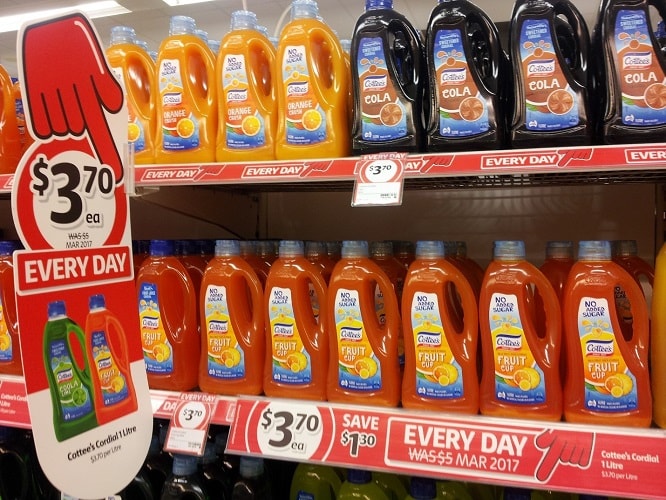
Price reduction messages on Coles’ shelf talkers and shelf strips.
“Was $5 now $3.70″ – New lower price message
The second best message to get customers to buy is the one that promotes a free product. For example, “Buy 1 get 1 free”.
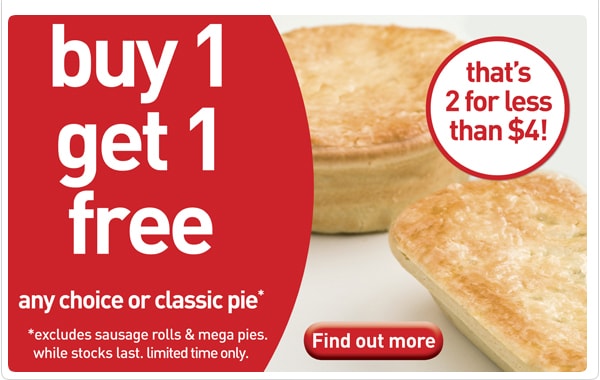
Messages that don’t sell
Message 1: New product promotion with a price reduction
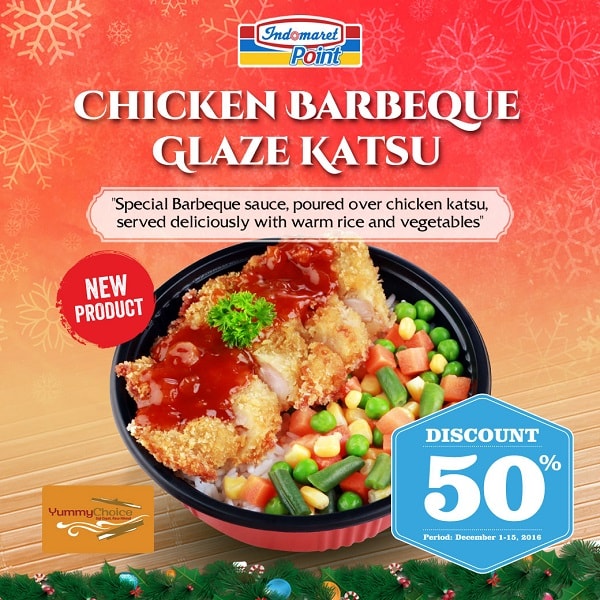
Surprisingly, messages with a new product promotion with a price reduction performed very poorly at 33%. These messages promote a new product and a discount both at the same time. You’d think these message will perform well because it combines two elements of a good message which is a new product at a discount. However, results show that this isn’t the case.
Message 2: Quantity discounts with savings messages
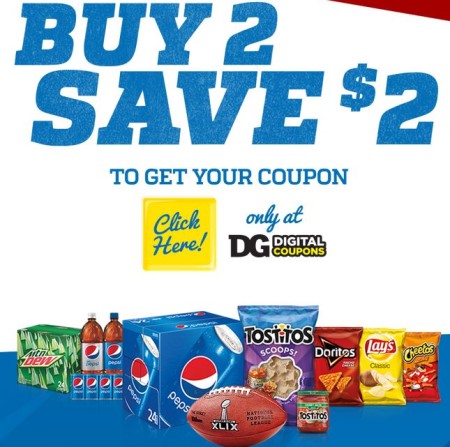
Messages with a new product promotion with a price reduction performed very poorly.
Quantity discounts with savings messages performed poorly too. These are your “Buy 2 Save $2” types of message.
Quantity discounts such as Buy 2 and Save $2 (40% conversion rate) didn’t perform as well as messages that promote an extra free product (60% conversion rate) such as Buy 1 Free 1. Depending on how you price the promotion, both message essentially says the same thing but one message performed far better than the other.
Bottom line
Creating an effective POS display is about using the ones that have been proven to work and aligning them with the most suitable and highest performing message for your goal. For example:
- Have a big open space? Pallet displays with the message of a new lower price might be your best bet to maximise sales.
- Want to clear off inventory for a product in an aisle? Shelf talkers and dump bins with buy one get one free offers might work well here.
- Want to promote a new product? In-store demos have been proven to be the most engaging at POS display.
Browse our range of POS displays
Work with us on your next project
